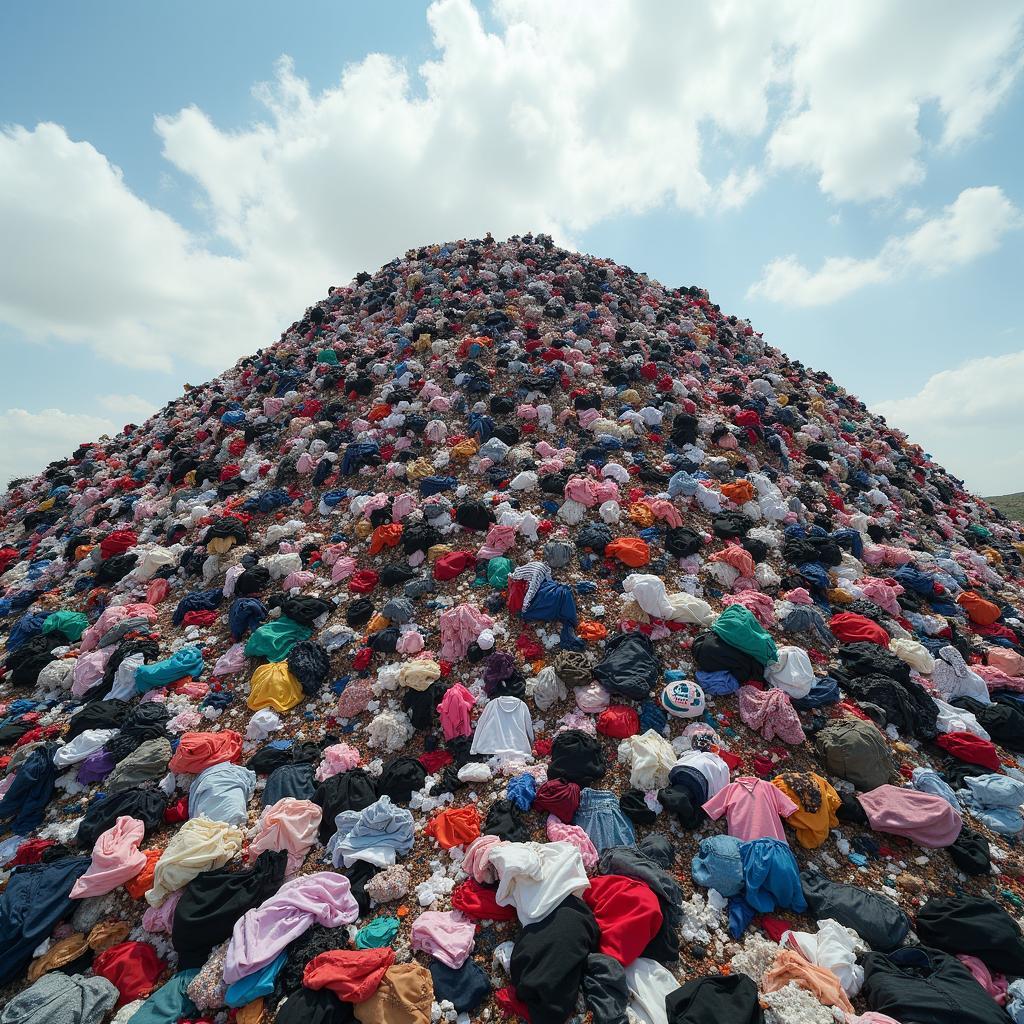The IELTS Reading section is one of the critical parts of the IELTS examination. It demands not only a good understanding of English but also the ability to comprehend and interpret information accurately. Over the years, topics related to environmental issues have frequently appeared in the IELTS Reading section due to their global significance. One such pertinent topic is the environmental impacts of the fashion industry.
Given the increasing global awareness about sustainable practices, the chances of encountering a question related to the environmental impacts of the fashion industry in future IELTS exams is high. This article is designed to help you practice with a sample IELTS Reading passage, questions, and detailed answers related to this topic.
Reading Passage
The Environmental Impacts of the Fashion Industry
The fashion industry, one of the world’s largest industries, has significant environmental impacts. From resource consumption to waste generation, the industry’s practices affect ecosystems and contribute to global environmental issues.
The production of textiles requires immense amounts of water, energy, and chemicals. For instance, cotton farming, a common source of fabric, involves considerable pesticide use and extensive irrigation, leading to soil degradation and water scarcity in some regions. Moreover, the dyeing and finishing processes contribute to water pollution, as toxic chemicals are often discharged untreated into rivers and oceans.
Beyond production, the fashion industry is also a major contributor to waste. Fast fashion—a trend that focuses on rapid production of low-cost, trend-driven clothing—has exacerbated this issue. The lifespan of such garments is intentionally short, leading to increased clothing disposal rates. According to recent studies, millions of tonnes of textile waste end up in landfills annually.

The environmental footprint of fashion extends to greenhouse gas emissions. Textile manufacturing processes, including the production of synthetic fibers like polyester, emit large quantities of carbon dioxide. Transporting garments across the globe further adds to the carbon footprint of the industry.
Efforts are being made to mitigate these impacts. Sustainable fashion practices, such as using organic materials, recycling fabrics, and implementing eco-friendly production techniques, are gaining traction. Brands are increasingly adopting circular economy principles, emphasizing recycling and upcycling to reduce waste. Consumers are also playing a role by supporting ethical brands and demanding more transparency regarding manufacturing practices.
Despite these efforts, the majority of the fashion industry continues to operate unsustainably. Achieving a substantial reduction in the environmental impact of fashion requires collaborative actions from governments, companies, and consumers.
Questions
Multiple Choice
- Which of the following is NOT mentioned as an environmental impact of the fashion industry?
a. Water pollution
b. Air pollution
c. Soil degradation
d. Noise pollution - What is one of the major criticisms of fast fashion?
a. It leads to extended garment lifespans
b. It increases clothing disposal rates
c. It promotes the use of organic materials
d. It reduces the cost of production
True/False/Not Given
- The fashion industry is the largest contributor to global water pollution.
a. True
b. False
c. Not Given - Synthetic fibers like polyester emit carbon dioxide during their production.
a. True
b. False
c. Not Given
Matching Headings
-
Match the headings to the appropriate paragraphs:
- A. The Cost of Cotton Farming
- B. Fast Fashion’s Waste Problem
- C. Innovations in Sustainable Fashion
- D. The Global Carbon Footprint of Textiles
Paragraph 1: ______
Paragraph 2: ______
Paragraph 3: ______
Paragraph 4: ______
Answer Key with Explanations
- Answer: d. Noise pollution
- Explanation: The passage discusses water pollution, air pollution, and soil degradation but does not mention noise pollution as an environmental impact of the fashion industry.
- Answer: b. It increases clothing disposal rates
- Explanation: The passage mentions that fast fashion leads to short garment lifespans, resulting in higher disposal rates.
- Answer: c. Not Given
- Explanation: While the passage mentions that the fashion industry contributes to water pollution, it does not state that it is the largest contributor.
- Answer: a. True
- Explanation: The passage states that synthetic fibers like polyester emit large quantities of carbon dioxide during their production.
- Answers:
- Paragraph 1: A. The Cost of Cotton Farming
- Paragraph 2: B. Fast Fashion’s Waste Problem
- Paragraph 3: D. The Global Carbon Footprint of Textiles
- Paragraph 4: C. Innovations in Sustainable Fashion
Common Mistakes and Tips
One common mistake is failing to identify the exact information relevant to the question. It’s crucial to underline or highlight key sentences that directly answer the questions. Practice skimming and scanning techniques to locate information quickly.
Vocabulary
- Exacerbated (verb) /ɪɡˈzæsərˌbeɪtəd/: to make a problem worse
- Example: Fast fashion has exacerbated the issue of waste in the fashion industry.
- Mitigate (verb) /ˈmɪtɪˌɡeɪt/: to make something less harmful or severe
- Example: Efforts are being made to mitigate the environmental impacts of the fashion industry.
Grammar
Participle Phrases
- Definition: A participle phrase consists of a participle and its accompanying words, used to add information or describe a noun.
- Example: “Textile manufacturing processes, including the production of synthetic fibers like polyester, emit large quantities of carbon dioxide.”
- Explanation: The phrase “including the production of synthetic fibers like polyester” provides additional information about the noun “Textile manufacturing processes.”
Conclusion
Preparing for the IELTS Reading section involves practicing comprehensively with relevant topics like the environmental impacts of the fashion industry. Focus on understanding the passage, identifying keywords, and using skimming and scanning techniques for efficient reading.
Incorporate these strategies into your daily practice to enhance your reading skills and boost your confidence for the actual IELTS exam. For more insightful articles on sustainable fashion practices, visit our related pages: The Importance of Sustainable Fashion Practices, The Impact of Fast Fashion on the Environment.